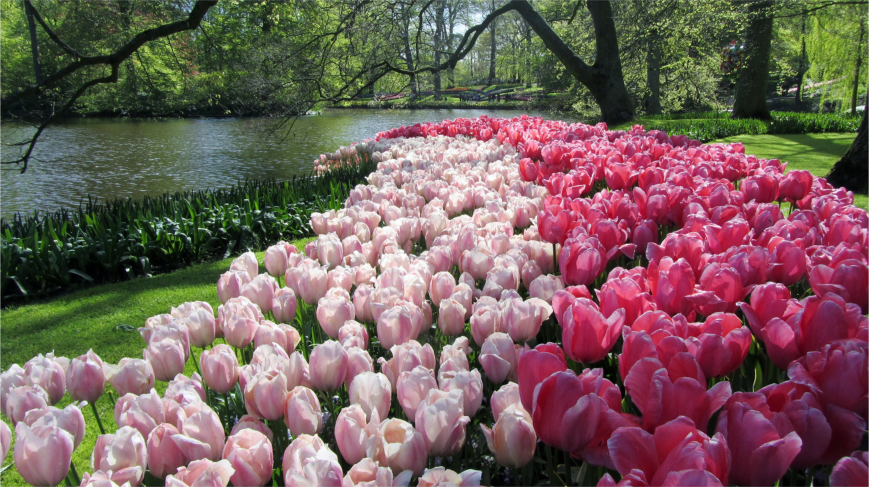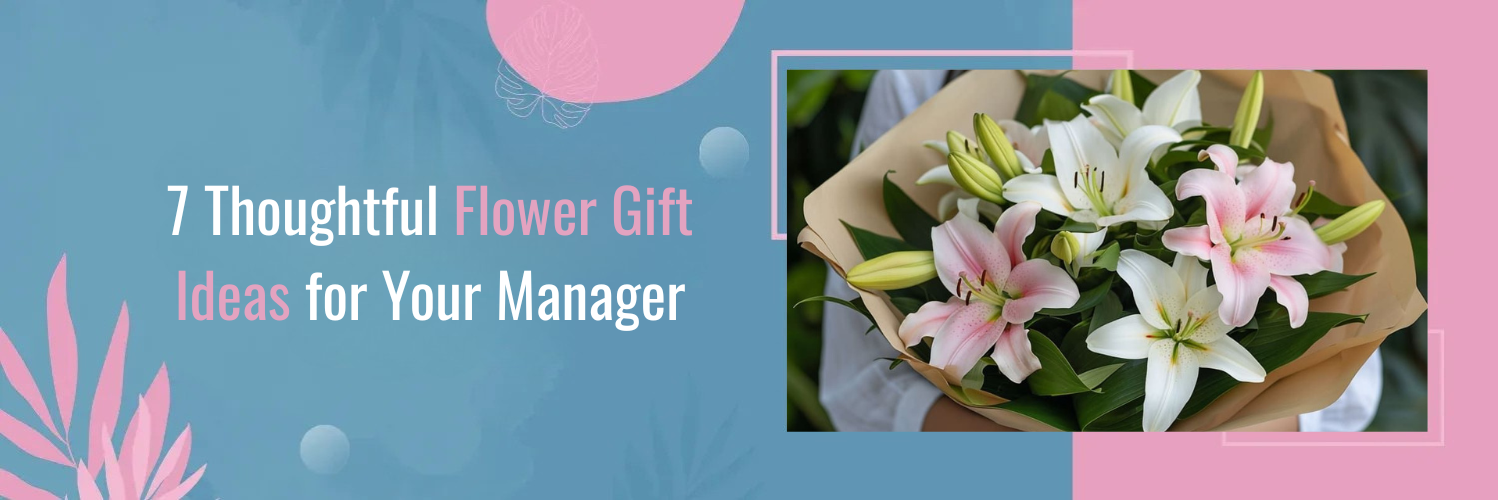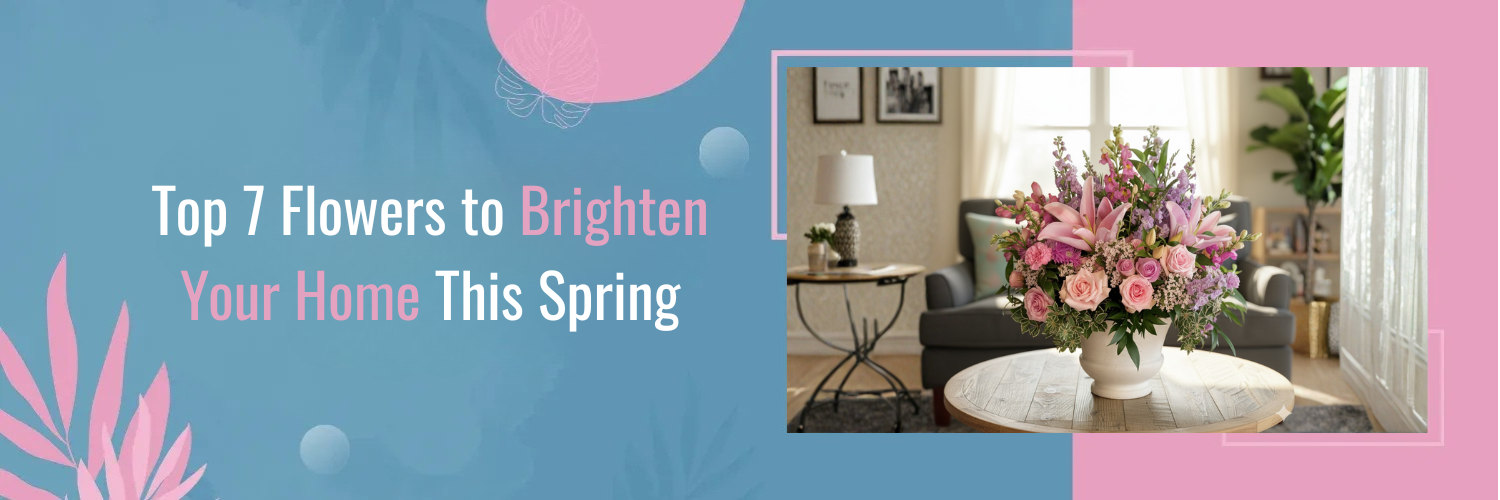Impact of Australia’s Climate on Tulips
Originating from the Ottoman Empire, tulips became extensively cultivated in Persia and were later introduced to Europe in the 16th century. Their vibrant colors and elegant forms made them a sensation, leading to the famous “tulip mania” in the Netherlands. Tulips then found their way to various parts of the world, including Australia. In the land Down Under, tulips have been embraced with enthusiasm, adorning gardens and becoming an essential part of spring festivals in certain regions.
Key Climate Zones in Australia
Australia’s vast expanse is home to a variety of climate zones. The Coastal regions, like Sydney, generally experience mild conditions, suitable for a range of plants. The Tropical north, with cities like Cairns, has hot, wet summers and warm, dry winters. The Arid zone, covering much of inland Australia, is characterized by very low rainfall. Lastly, the Temperate zones, like Melbourne and Hobart, have distinct seasons, including a cold winter, which is ideal for tulip growth as these bulbs need a cold dormancy period.
Best Regions in Australia for Tulip Growth
Tasmania, with its cooler, temperate climate, offers an excellent environment for tulips, leading to vibrant blooms. Similarly, the cool-climate regions of Victoria are prime spots for tulip cultivation. The famous Tesselaar Tulip Festival in Victoria is a testament to the flower’s popularity in this region.
Preparing the Perfect Soil for Tulip Growth
The Ideal Soil Composition for Tulips
Tulips thrive in well-draining soil with a pH level of 6 to 7. It’s crucial to avoid places where water stagnates, as this can rot the bulbs. Ensuring proper drainage is, therefore, vital for healthy tulips.
Enhancing Soil Quality
Incorporating organic matter and compost into the soil not only provides essential nutrients but also aids in retaining moisture without waterlogging. If your soil is heavy or clayey, consider mixing in sand. This improves drainage, ensuring that the bulbs remain rot-free.
Planting and Caring for Tulip Bulbs
When to Plant Tulip Bulbs in Australia
The optimal months for planting tulip bulbs in Australia are between March and May, just before the onset of the cold season. However, this can vary based on the specific region. For example, in cooler regions like Tasmania, earlier planting might be beneficial.
Watering and Fertilizing Tulips
Watering is essential when the plant is growing and flowering but remember – tulips hate sitting in water. Make sure the soil is moist, not soggy. Overwatering can lead to bulb rot. When it comes to fertilizers, a balanced, slow-release bulb fertilizer applied during planting and as growth emerges ensures vibrant blooms.
Protecting Tulips from Pests and Diseases
Aphids, snails, and slugs are common pests that love tulip plants. Regularly inspect plants and consider using organic repellents. Fungal diseases, often a result of waterlogged soil, can also affect tulips. Proper spacing and well-draining soil are vital preventative measures.
Tips and Tricks for Prolific Blooms
Pruning and Deadheading
As tulip flowers fade, it’s essential to deadhead them, which prevents seed formation and directs energy back into the bulb for next year’s growth. However, allow the leaves to die down naturally, as they gather energy for the bulb.
Taking Advantage of Australian Sun
While tulips need plenty of sunlight, in hotter regions, it’s essential to protect them from the intense midday sun. Plant them in a location where they receive morning sunlight and partial shade during the hottest part of the day.
Post-Bloom Care: Preparing for the Next Season
Harvesting and Storing Tulip Bulbs
Tulips are a beloved springtime flower, celebrated for their vibrant colors and elegant form. After their beautiful bloom, however, comes a period of dormancy. With proper care during this time, you can ensure they return in all their glory the following spring. Here’s how to care for tulips post-bloom and prepare them for the next season:
Let Foliage Die Naturally
After tulips have bloomed, they will begin to die back. Do not cut off the foliage immediately after the flowers fade. The leaves continue to photosynthesize, providing the bulbs with necessary nutrients.
Wait until the foliage turns yellow or brown and dies back completely, which is typically six weeks or more after blooming.
Remove Spent Flowers
Deadhead tulips by pinching off the faded blooms. This prevents the plant from producing seeds, allowing the bulb to conserve energy for next year.
Watering
While tulips are in their growth phase, they appreciate moisture. However, once they have bloomed, it’s essential to avoid over-watering. Tulip bulbs can rot if left in soggy soil.
Fertilizing
After blooming, feed the tulips with a balanced fertilizer or a bulb-specific formulation. This helps replenish nutrients used during the blooming phase.
Bulb Lifting (Optional)
In areas with hot summers or in gardens with wet summer soil, consider lifting tulip bulbs. Once the foliage has died down, carefully dig up the bulbs, brush off any soil, and let them dry in a cool, dark place for a few days.
Store them in a breathable bag (like a mesh bag or paper bag) filled with dry peat moss or sawdust in a cool, dark place until it’s time to replant in the fall.
Replanting
If you’ve lifted your bulbs, replant them in the fall. Ensure the soil is well-draining, and plant bulbs pointy side up, about three times their height deep.
Even if you don’t lift the bulbs, consider adding new ones each fall since tulips can sometimes decline after a few years, especially in climates not well-suited to them.
Protect From Pests
Watch out for animals like squirrels or voles that might dig up and eat your bulbs. Consider using wire mesh or repellents to keep them at bay.
Rotation
If you’re growing tulips in a pot or container, consider rotating the soil every couple of years. This reduces disease build-up and gives the bulbs fresh, nutrient-rich soil.
By taking the time to care for your tulips post-bloom, you can help ensure they’ll come back with a beautiful display year after year. Remember, though, that some tulip varieties, especially the more exotic ones, may act more like annuals than perennials and might need replacement after a year or two.
Conclusion
Tulips, with their myriad colors and forms, bring unparalleled joy to gardens. In Australia, by understanding the local climate and providing the right care, one can achieve magnificent blooms that are a sight to behold. Whether a novice or an experienced gardener, the journey of cultivating tulips in Australian gardens promises to be a rewarding one.
Growing beautiful tulips in Australian gardens not only elevates the aesthetic appeal of your outdoor space but also brings a touch of European charm to the land Down Under. But if you’re not yet ready to don the gardening gloves, or while you’re waiting for your bulbs to bloom, you can still experience the joy of fresh tulips today. At Bourkes Florist , we offer an exquisite array of tulips and other flowers, perfectly curated for any occasion. Why wait for spring when you can have vibrant tulips at your doorstep now? Order from Bourkes Florist and let us bring a splash of color to your day, or delight someone special with a fragrant surprise.
FAQs
Can tulips grow in tropical areas of Australia?
While tulips prefer cold dormancy, with careful planning and bulb chilling, they can be grown as annuals in tropical areas.
How many seasons can I expect my tulips to bloom?
In ideal conditions, tulips can rebloom for several seasons, but often they’re treated as annuals, especially in non-temperate zones.
What are the most common tulip varieties suitable for Australian gardens?
Some popular varieties include ‘Apeldoorn’, ‘Johann Strauss’, and ‘Queen of Night’.
How do I protect my tulips from extreme heat or unexpected frosts?
Mulching and strategic positioning, like planting near shrubs for shade, can protect tulips from weather extremes.
Is it possible to grow tulips in pots or containers?
Absolutely! Ensure good drainage and keep them in a cool spot during their dormancy period.

























